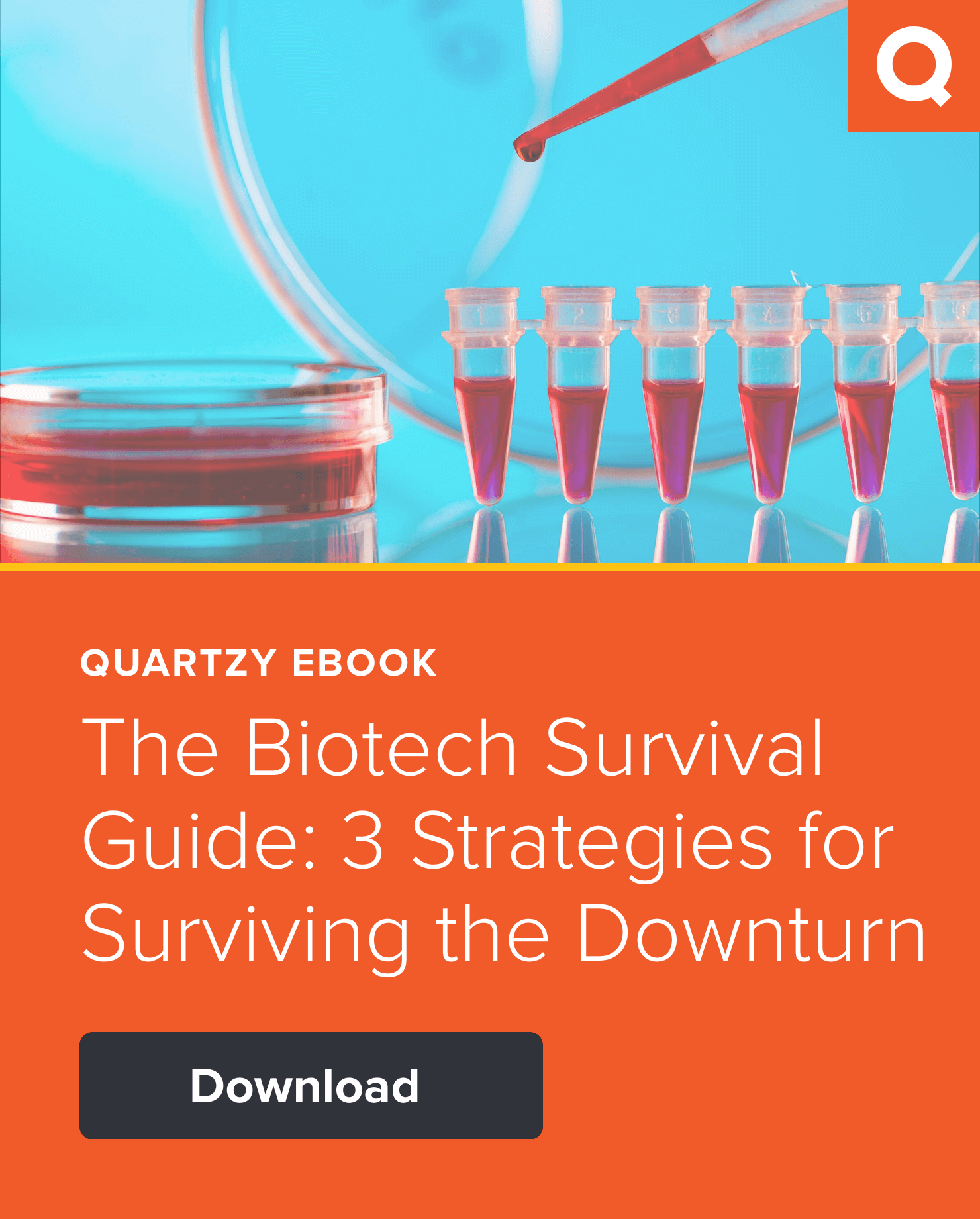Groundbreaking and fast-paced, scientific research can be chaotic. Scientists are under constant pressure to execute experiments that yield compelling results, which means supplies must always be at the ready. But the lab supply chain is not always able to accommodate these needs.
Often items are delivered “just in time,” or sometimes just too late. In fact, it’s some of the most innovative labs that often experience a “volatility of consumption,” according to Quartzy co-founder Adam Regelmann, MD-PhD.
Shared stock, Regelmann adds, compounds this issue. While scientists typically do a decent job of keeping an eye on things they use individually, monitoring the status of shared supplies, from gloves to ethanol, is more difficult. Lab managers can become overwhelmed as they work to stay on top of researchers’ needs and procure items in a timely way. Many rely on spreadsheets and email to communicate and place orders, which creates a disorganized, error-prone process. The ongoing pandemic—and the supply shortages it has created—has only exacerbated the pressure managers feel.
The result? Empty shelves, missing supplies, and most importantly, delays to research. While these may seem like problems that inventory software can easily solve, they are actually just symptoms of a deeper issue: the lack of centralized supply lifecycle management.
Inventory Software Has Its Weaknesses
At its core, inventory software serves as a running list of supplies that a lab uses—it relies on established thresholds to determine when something is running low. Once supplies drop below a certain amount or volume, the system triggers notifications to the lab manager to order more.
Though helpful, this functionality places the burden onto researchers to track what (and how much of something) they use. It’s one thing to note every time a new box of gloves is opened, but when measurements come down to the gram, tracking usage on such a granular basis becomes more difficult.
“The system's data is only as good as the weakest link, meaning the 20 or more researchers in a given lab need to track the materials they use,” says Regelmann. “But it’s unrealistic to expect a researcher to log every pipette they use, so the quantities will never be accurate.”
In addition to introducing this level of complexity, inventory solutions also don’t eliminate the communication hurdles that lab managers face once they recognize that supplies are running low. Most inventory solutions just manage inventory—they don’t offer tools or workflows to order supplies or communicate with researchers about the status of their orders.
Supply Lifecycle Management Tools Offer a Holistic Approach
To get to the root of their challenges, lab managers need a tool that tracks inventory without overburdening researchers and centralizes the supply ordering process in its entirety. Enter supply lifecycle management, a more holistic type of software that does all of the above.
While supply lifecycle management is similar to an inventory tool in that it logs all of the supplies a lab uses in one place, it doesn’t require the same level of precision. With a tool like Quartzy, for example, researchers can simply tag certain items as “running low,” signaling to lab managers that it’s time to reorder. Individual and shared stock supplies are managed together in one hub, making it easier for lab managers and researchers to check the status of all equipment.
What’s more, a supply lifecycle management platform supports the next phase of the process, too: ordering supplies. Regardless of which distributors they purchase from, lab managers can track orders within the platform in a unified way, adding a crucial level of organization and streamlining communication. Lab managers no longer have to notify researchers when their supplies are coming—researchers can simply log into the platform and see for themselves.
Some supply lifecycle management platforms, including Quartzy, even integrate with accounting platforms like NetSuite and QuickBooks, giving finance teams better insight into whether supplies have been received and invoices can be paid.
A Tool to Future-Proof Research
Scientists are always looking for ways to accelerate their research—they don’t have time to waste on software that only does a fraction of what they need it to do. Labs need a tool that can support every phase of the supply lifecycle, from requesting and ordering items, to receiving and adding them to the inventory, and starting the cycle anew.
“Our vision is to streamline the lifecycle to such a degree that without even thinking about it, your organization will always have what it needs to do its experiments,” Regelmann says.
For additional information about the Quartzy platform and how it can improve your lab productivity, check out our product demo.
-1.png)












